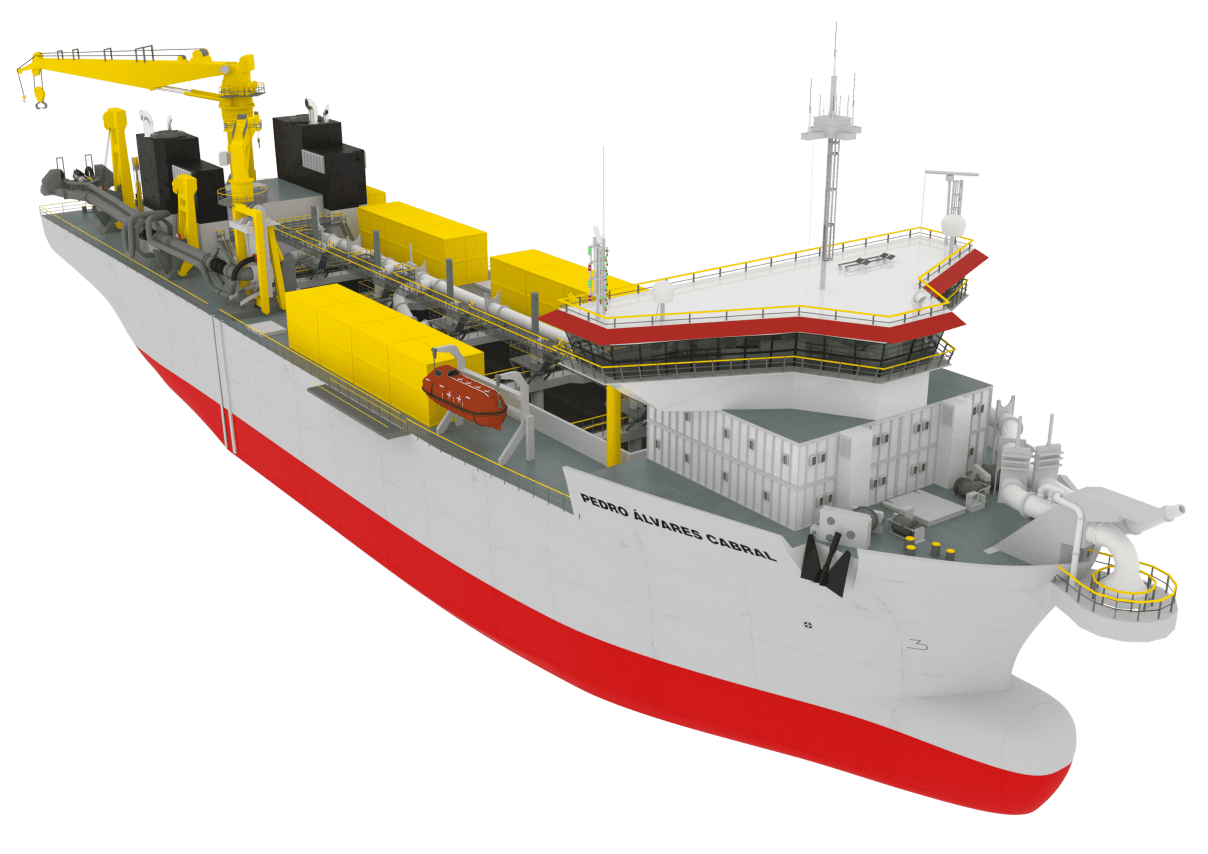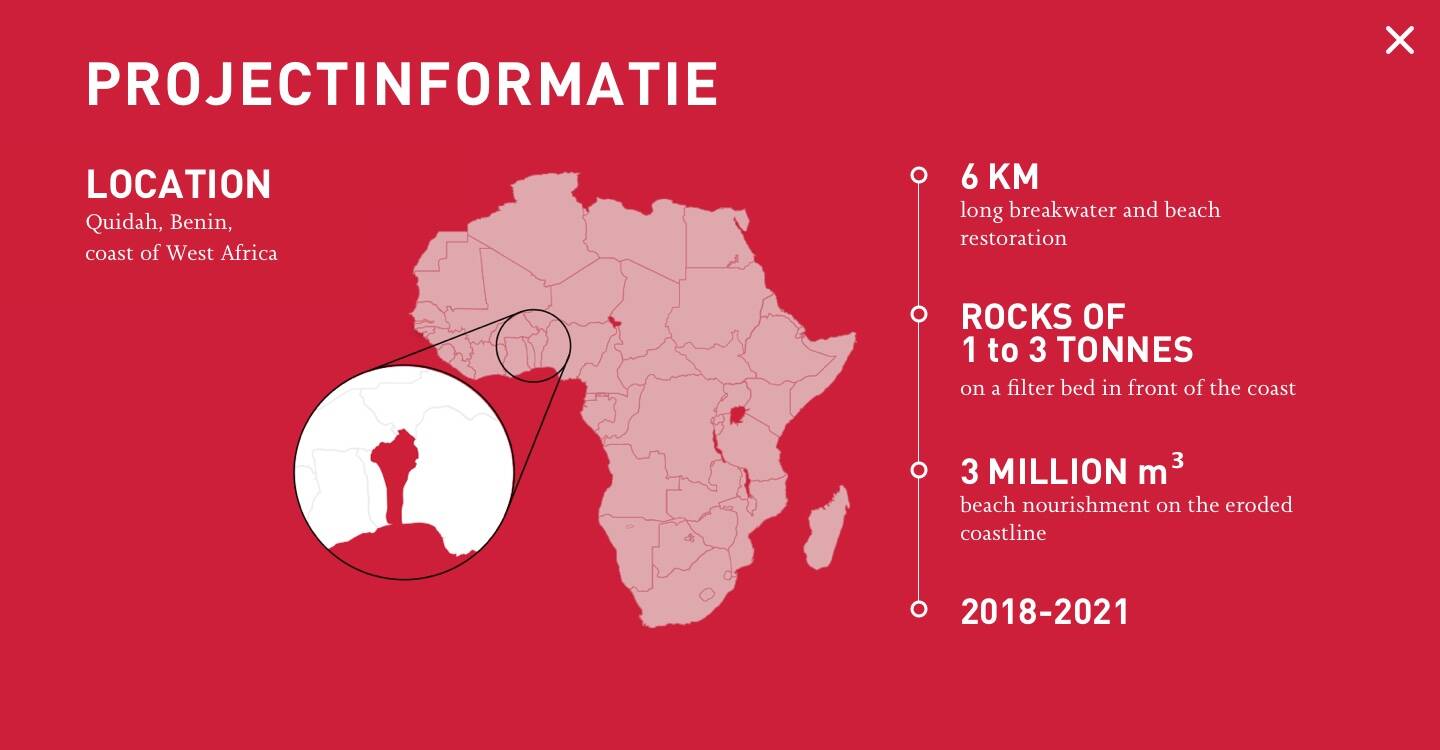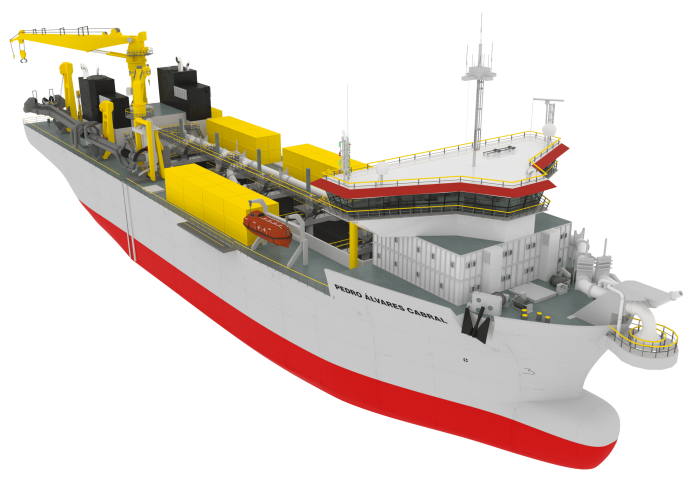COASTAL PROTECTION AROUND THE CLOCK IN KNOKKE
close-up
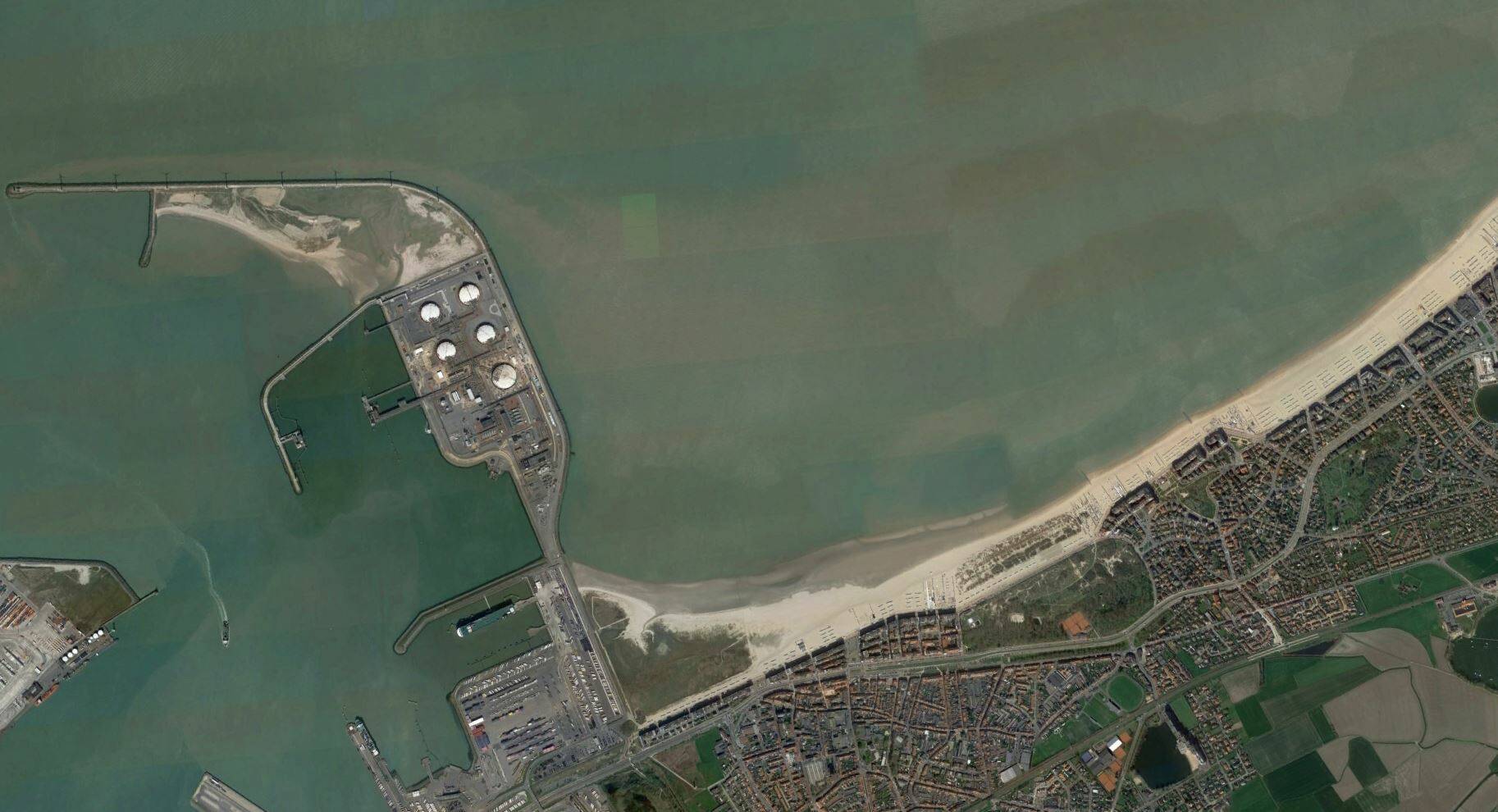
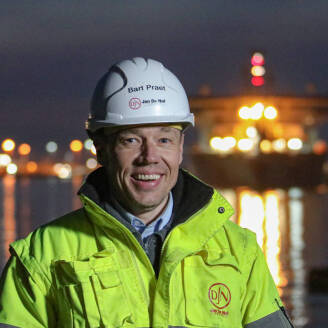
More information on this sustainable dredging project?
Contact our Manager for Benelux Dredging Works
Bart Praet


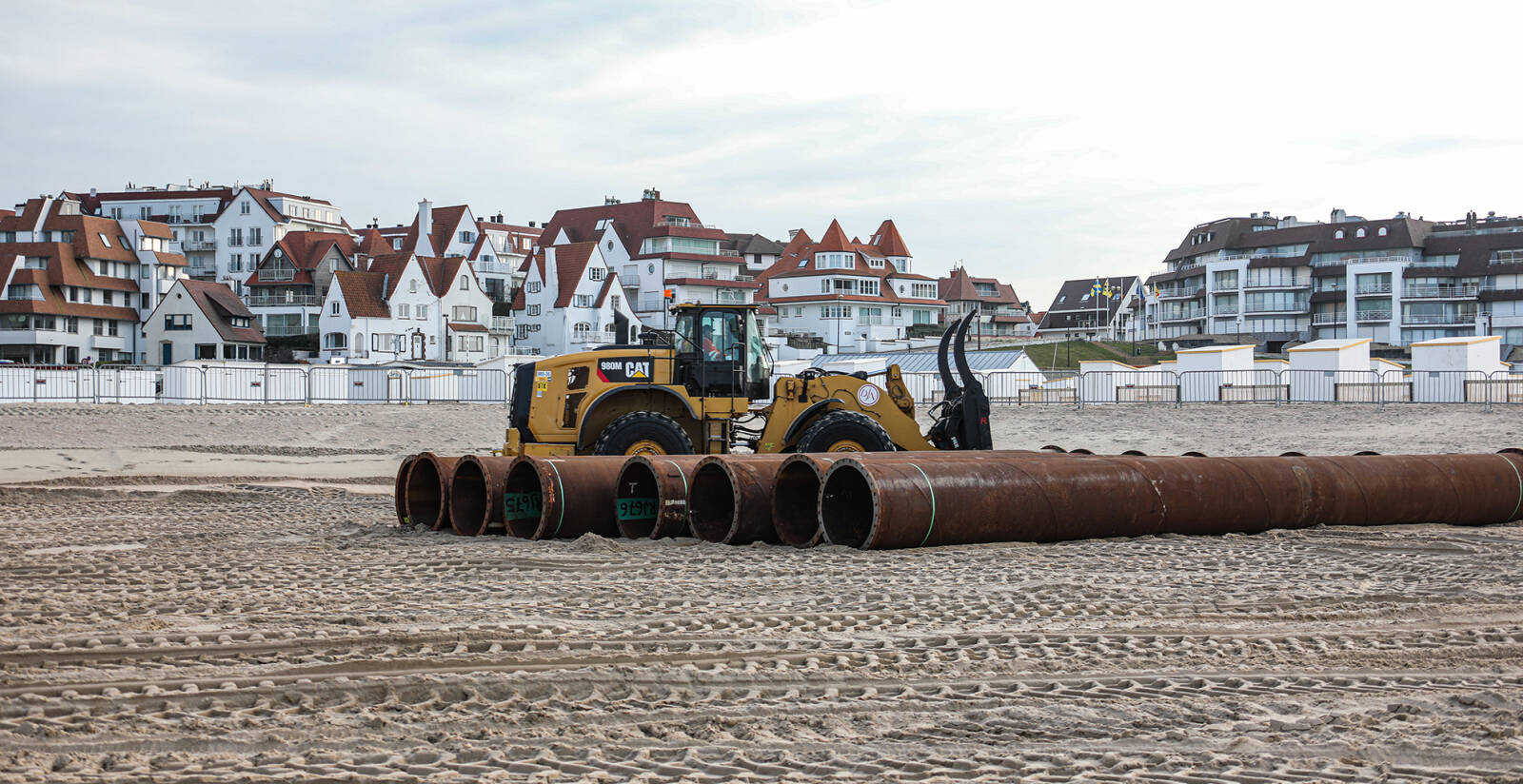
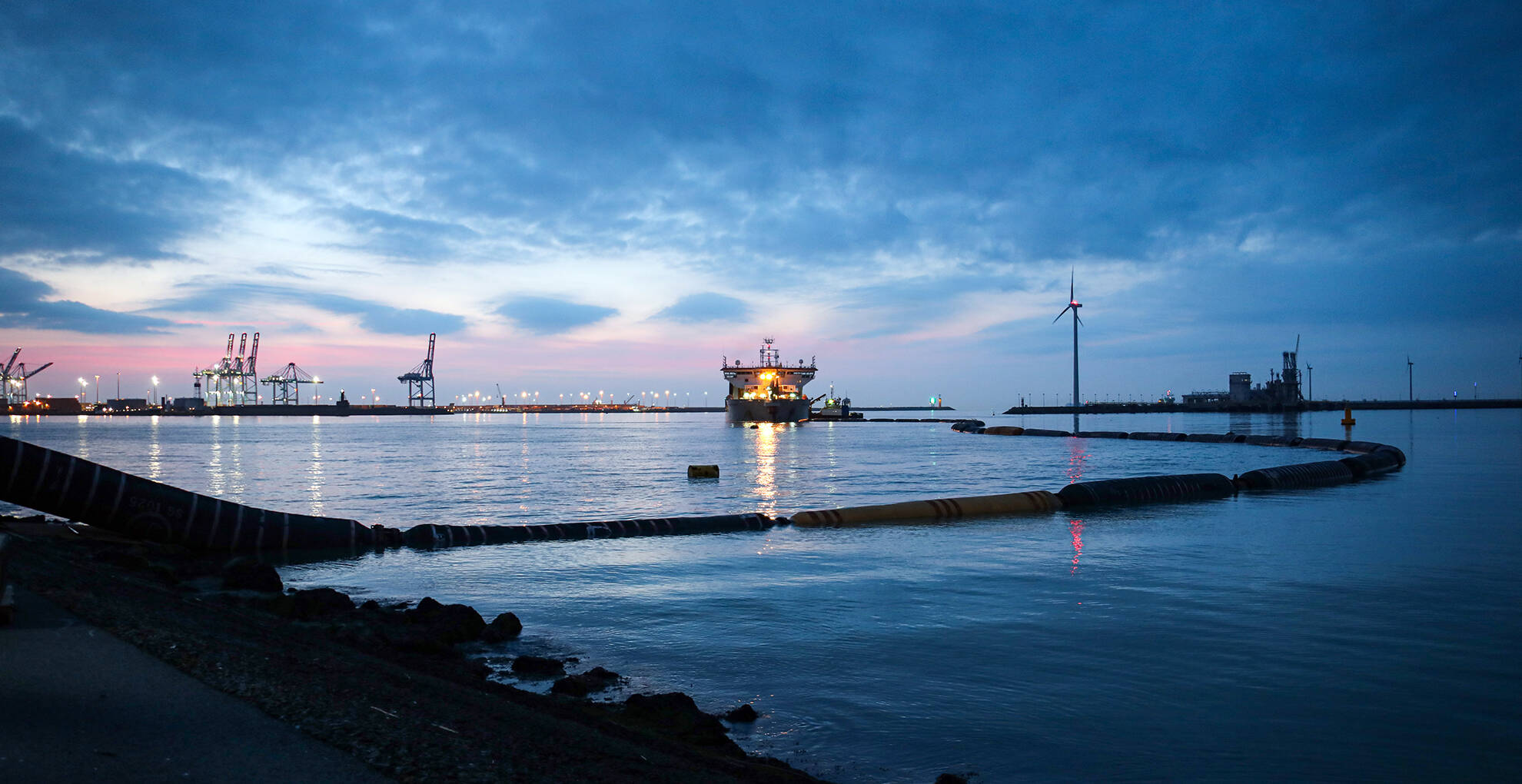
The sea level is rising and the chance of heavy storms is increasing. Climate change is strongly felt all over the world. The level of the North Sea has already risen by 20 cm over the past 100 years and this rise will accelerate in the future. The combination of such a rise with heavy storms can lead to major damage to a coastal strip. Due to its low position, the Belgian coast in particular is highly vulnerable to this.


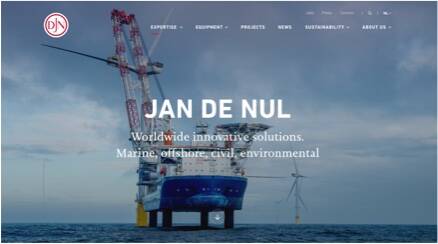
GO TO OUR WEBSITE
Nature develops and maintains itself.
With our Nature-Based Solutions, we go for integrated building techniques based on and to the benefit of nature.
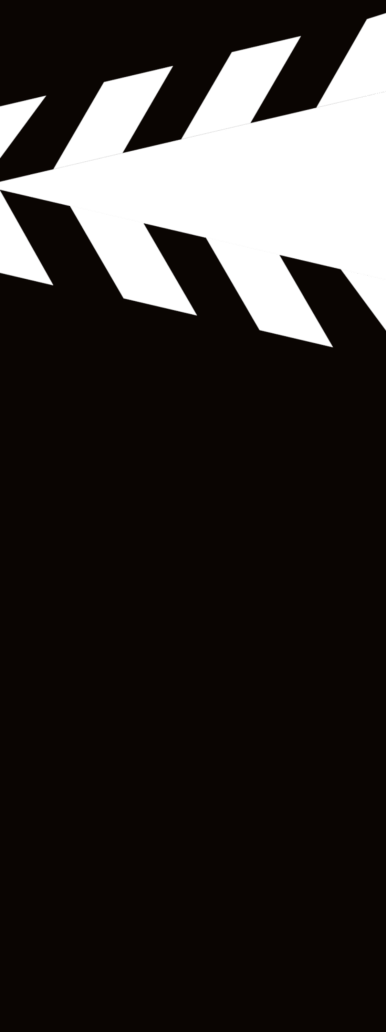
Bart Praet - Head of dredging works Benelux and Evelien Craeynest - Superintendent,
take you to Knokke.
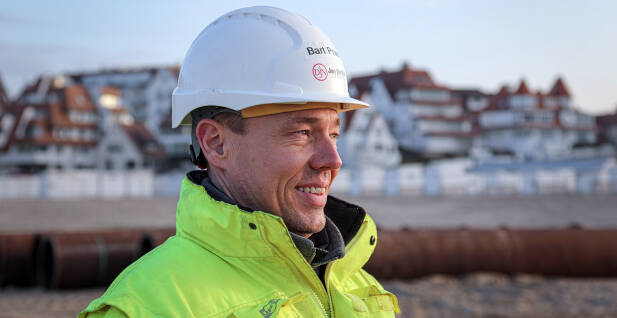
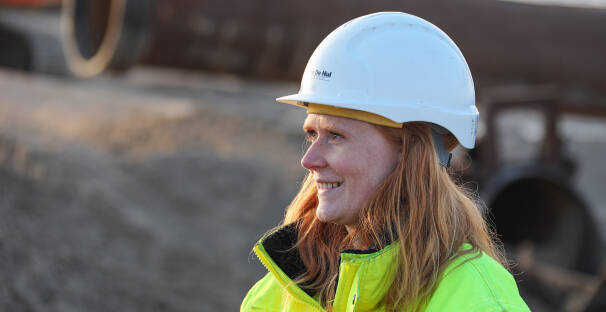
Wondering how we did it?
A nature-based solution to protect the Belgian coast.
Project execution in the most sustainable way
In order to protect the Belgian coast, we raise the beach. Therefore, we pump ashore a large quantity of sand keeping the shape of the coastline intact in a natural way. Our trailing suction hopper dredger Pedro Álvares Cabral dredged this sand about 50 km off the coast of Knokke and transported it to the port of Zeebrugge. Here the vessel connected to an onshore pipeline and pumped the sand to Knokke over a distance of 5 km.
Project execution
in a Code Zero way
Project execution is becoming more and more sustainable. Clients monitor this closely. So did the Flemish Government, which entrusted us with this project, particularly because of this extra sustainable touch. We selected our equipment focussing on fewer emissions and less nuisance, fully in line with our company’s sustainability programme Code Zero.

The site office is highly energy-efficient because of its green energy supply. We are currently investing heavily in a renewal of our huts for all sites. After this investment boom, only eco-site huts will be part of our infrastructure.
The CO2 emissions achieved on this project are 88% lower than the reference footprint. This is due to the use of the biofuels, the optimisation of the engine use and the energy-saving interventions.
The heavy land equipment, such as bulldozers, excavators and wheel loaders, that has been deployed is more economical and less polluting than the standard machines. The land equipment in Knokke complies with the Tier 4 standard and ensures 80% less NOx emissions than the conventional equipment.
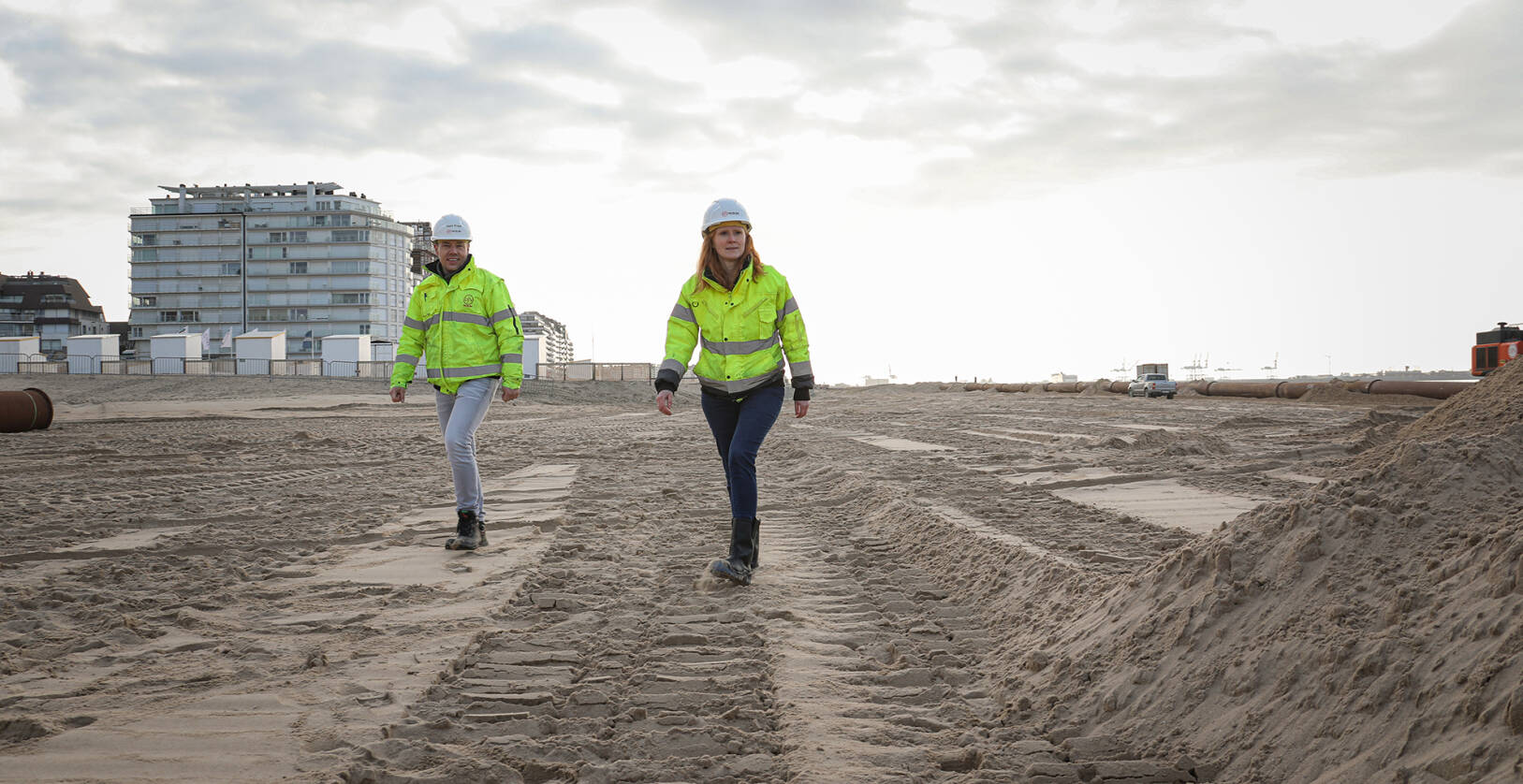
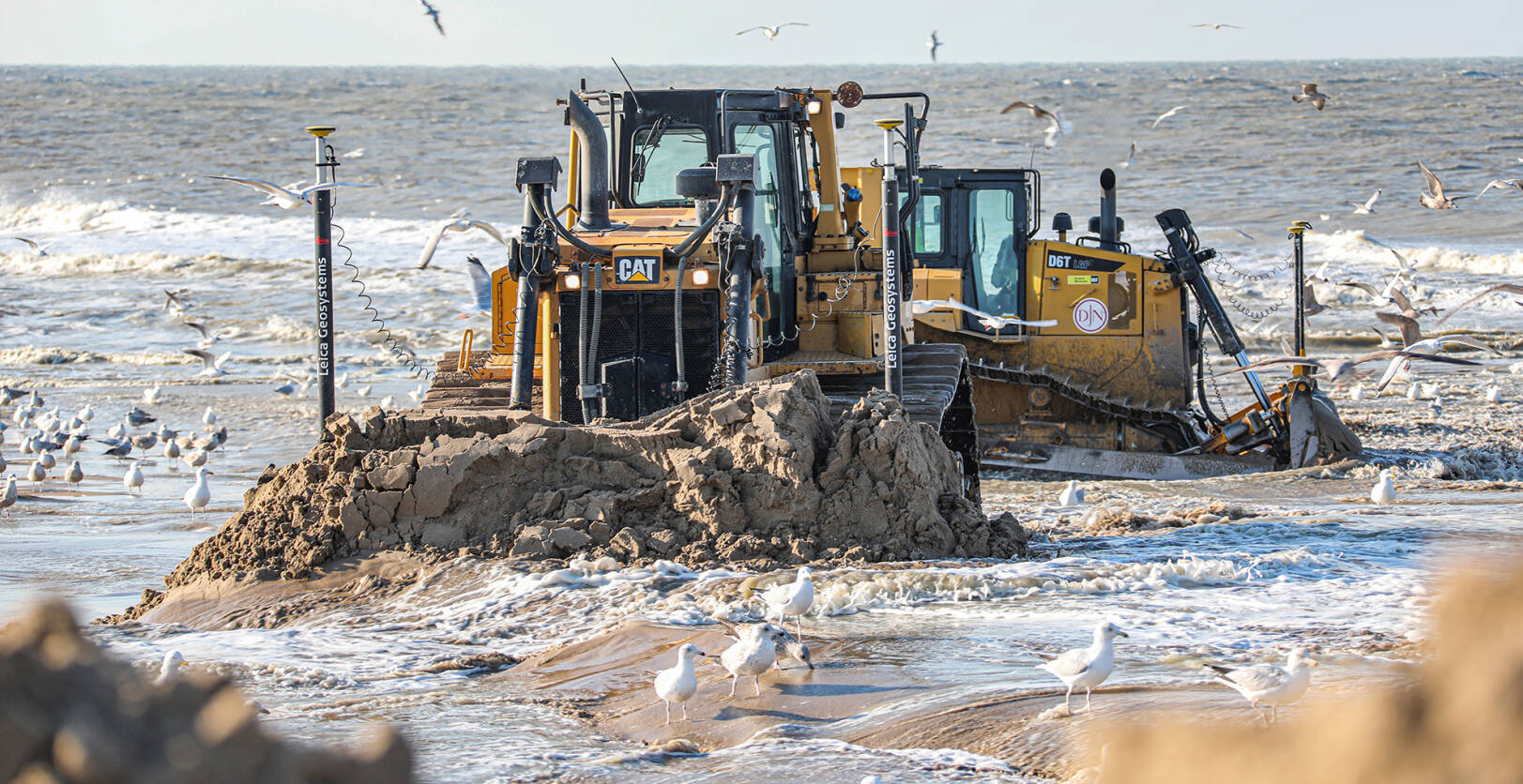
The trailing suction hopper dredger Pedro Álvares Cabral was in charge of the dredging works. With a hopper capacity of 14,000 m³, it is a larger calibre dredger, thus efficiently reducing the number of sailings between the dredging area and the port. For this assignment, the vessel did not sail on marine diesel, but on 100% second-generation biofuel. This reduced the vessel's CO2 emissions by 80% to 90%.
The CO2 emissions on this project are 88% lower than the reference footprint.

COASTAL PROTECTION AROUND THE CLOCK IN KNOKKE
close-up
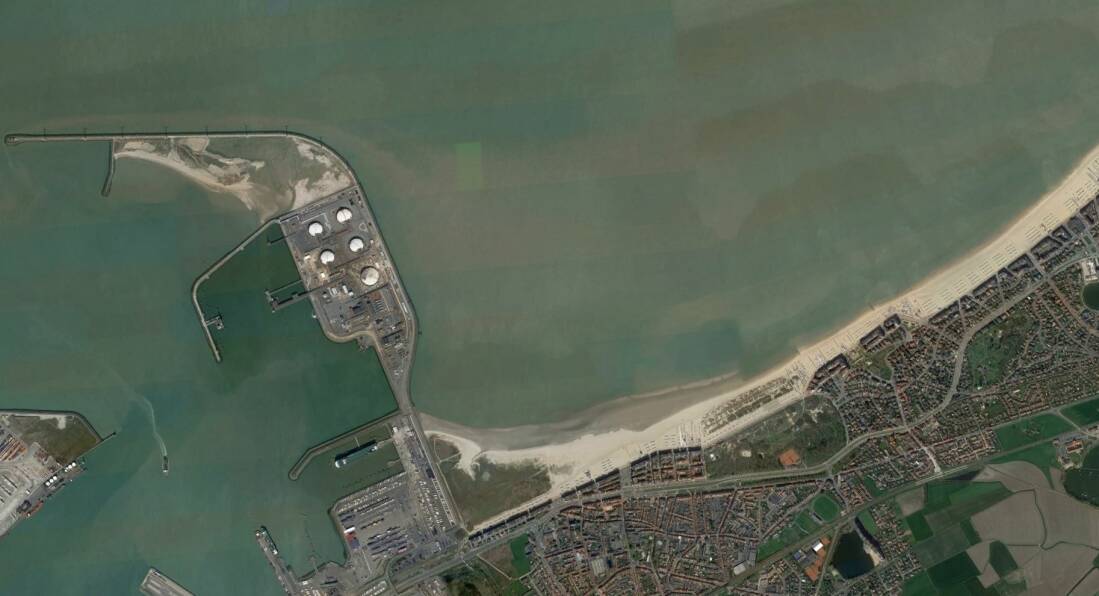
Project execution in the most sustainable way
In order to protect the Belgian coast, we raise the beach. Therefore, we pump ashore a large quantity of sand keeping the shape of the coastline intact in a natural way. Our trailing suction hopper dredger Pedro Álvares Cabral dredged this sand about 50 km off the coast of Knokke and transported it to the port of Zeebrugge. Here the vessel connected to an onshore pipeline and pumped the sand to Knokke over a distance of 5 km.
Project execution
in a Code Zero way
The sea level is rising and the chance of heavy storms is increasing. Climate change is strongly felt all over the world. The level of the North Sea has already risen by 20 cm over the past 100 years and this rise will accelerate in the future. The combination of such a rise with heavy storms can lead to major damage to a coastal strip. Due to its low position, the Belgian coast in particular is highly vulnerable to this.
Project execution is becoming more and more sustainable. Clients monitor this closely. So did the Flemish Government, which entrusted us with this project, particularly because of this extra sustainable touch. We selected our equipment focussing on fewer emissions and less nuisance, fully in line with our company’s sustainability programme Code Zero.

Bart Praet - Head of dredging works Benelux and Evelien Craeynest - Superintendent,
take you to Knokke.
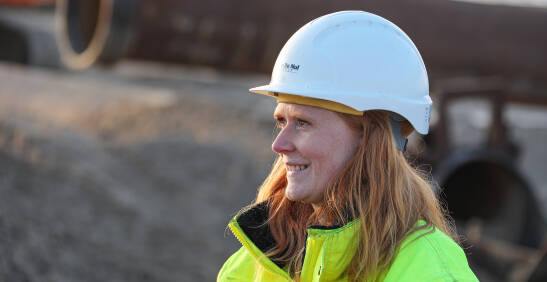
Wondering how we did it?

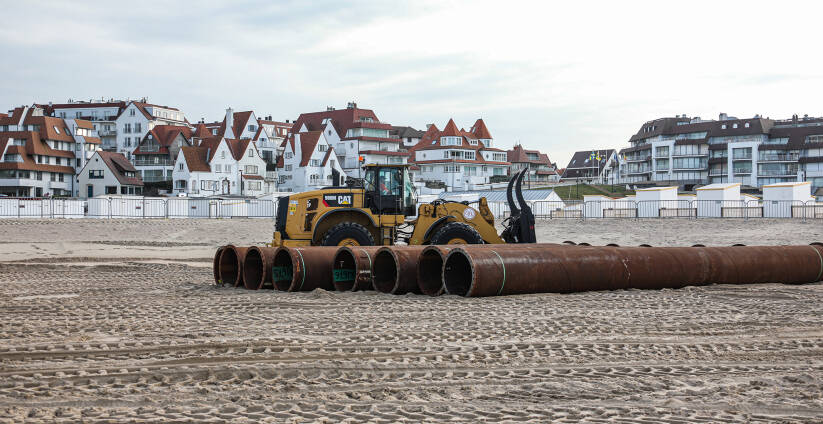
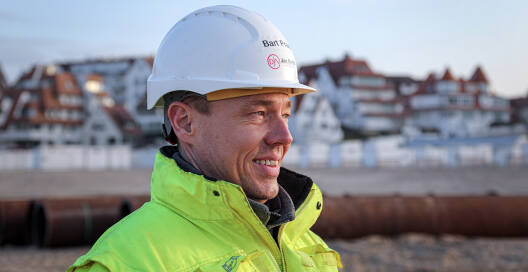
The CO2 emissions on this project are 88% lower than the reference footprint.
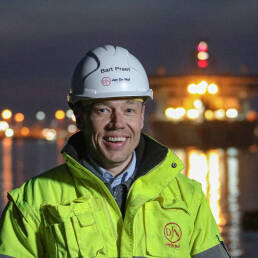
More information on this sustainable dredging project?
Contact our Manager for Benelux Dredging Works
Bart Praet
The trailing suction hopper dredger Pedro Álvares Cabral was in charge of the dredging works. With a hopper capacity of 14,000 m³, it is a larger calibre dredger, thus efficiently reducing the number of sailings between the dredging area and the port. For this assignment, the vessel did not sail on marine diesel, but on 100% second-generation biofuel. This reduced the vessel's CO2 emissions by 80% to 90%.

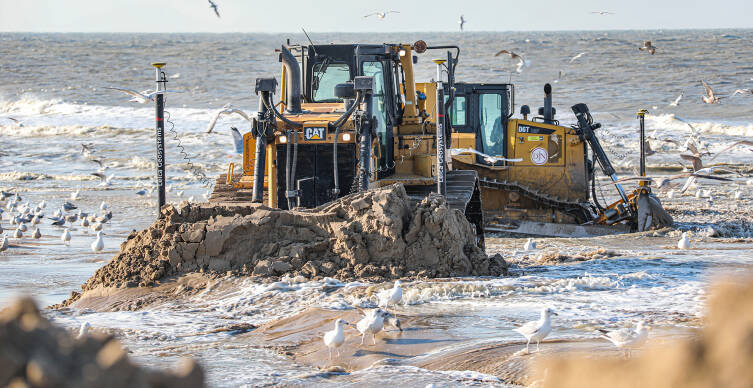
The heavy land equipment, such as bulldozers, excavators and wheel loaders, that has been deployed is more economical and less polluting than the standard machines. The land equipment in Knokke complies with the Tier 4 standard and ensures 80% less NOx emissions than the conventional equipment.
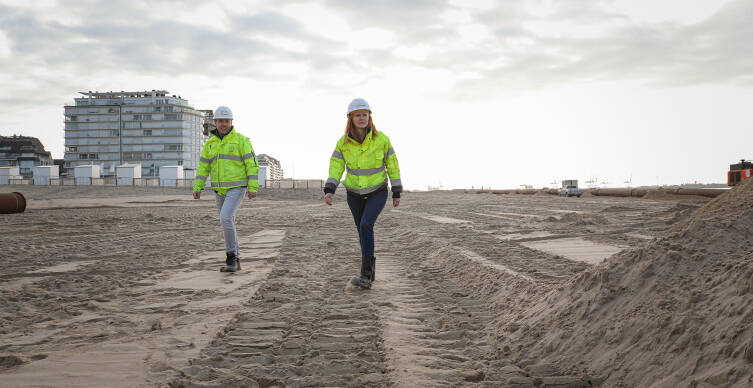
The site office is highly energy-efficient because of its green energy supply. We are currently investing heavily in a renewal of our huts for all sites. After this investment boom, only eco-site huts will be part of our infrastructure.
The CO2 emissions achieved on this project are 88% lower than the reference footprint. This is due to the use of the biofuels, the optimisation of the engine use and the energy-saving interventions.
Nature develops and maintains itself.
With our Nature-Based Solutions, we go for integrated building techniques based on and to the benefit of nature.
GO TO OUR WEBSITE




